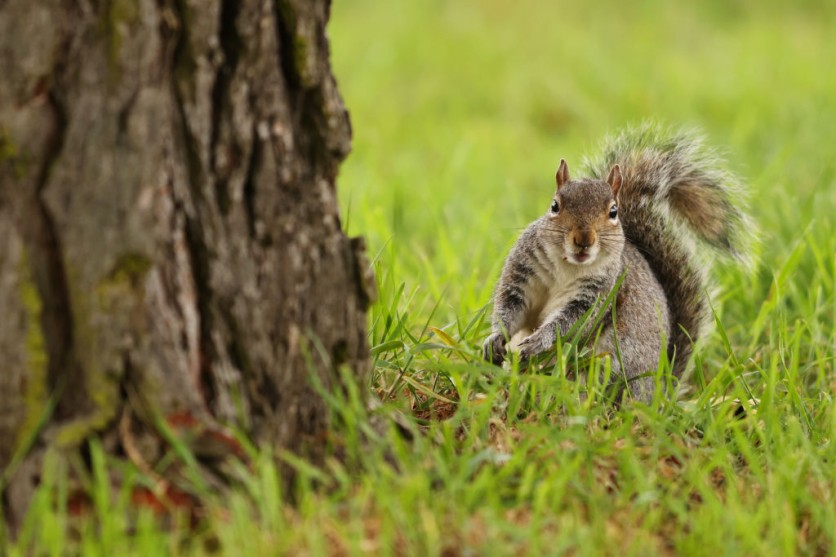A group of researchers is studying how hibernating Arctic ground squirrels could help astronauts in future space missions by observing how these tiny animals retain muscle and bone mass throughout their deep hibernation.
But how exactly will their findings benefit future NASA missions?

Benefits of Squirrel Studies
The team is led by Dr. Kelly Drew and her students from the University of Alaska. She is a professor of chemistry and biochemistry and was also awarded NASA Space Grant.
Over 200 students and faculty members were given a chance to advance their research through the Alaska Space Grant Consortium in fields like writing code and testing autonomous systems, using cameras to find free electrons, and examining various glacier properties.
NASA said in its press release on Feb. 1 that researchers can gain insight into how the human body responds to a weightless environment by studying hibernating Arctic ground squirrels.
These creatures are unusual since they hibernate for eight to nine months out of the year, lowering their metabolism to the point that their body temperature can go below freezing without experiencing negative effects such as muscle loss and reduced bone density.
Future missions may benefit from this research in a variety of ways, including long-term space missions requiring medically induced hibernation, shielding astronauts from cabin fever, ionizing radiation, and many more.
NASA said it might also help prevent bone and muscle deterioration in zero gravity.
Human Applications
With the help of the Alaska Space Grant Consortium, Drew's team was given the opportunity to find ways how to apply their studies of ground squirrels to human applications.
She has invested a lot of time and money into studying how human hibernation works for neurocritical care applications, including developing drugs that might facilitate the process.
This could imply that patients who have experienced a stroke or heart attack could be put into a medically induced hibernation to reduce their metabolism until they can be brought to a hospital, which in turn could significantly enhance medical results, according to NASA.
Through the Space Grant and NASA Established Program to Stimulate Competitive Research (EPSCOR) programs, Drew has been mentoring interns for the past ten years.
Space Grant and NASA EPSCOR are under NASA STEM Engagement, which aims to expand its commitment to advance higher education, assist underrepresented populations, and strengthen online learning.
NASA hopes to breed a generation that will usher in a new era of American innovation by equipping them with coding, designing, and calculating skills.
Related Article : 'Mission Impossible' Inspired Anti-Squirrel Maze: Former NASA Engineer Invents Unusual Obstacles During Lockdown

ⓒ 2025 TECHTIMES.com All rights reserved. Do not reproduce without permission.




